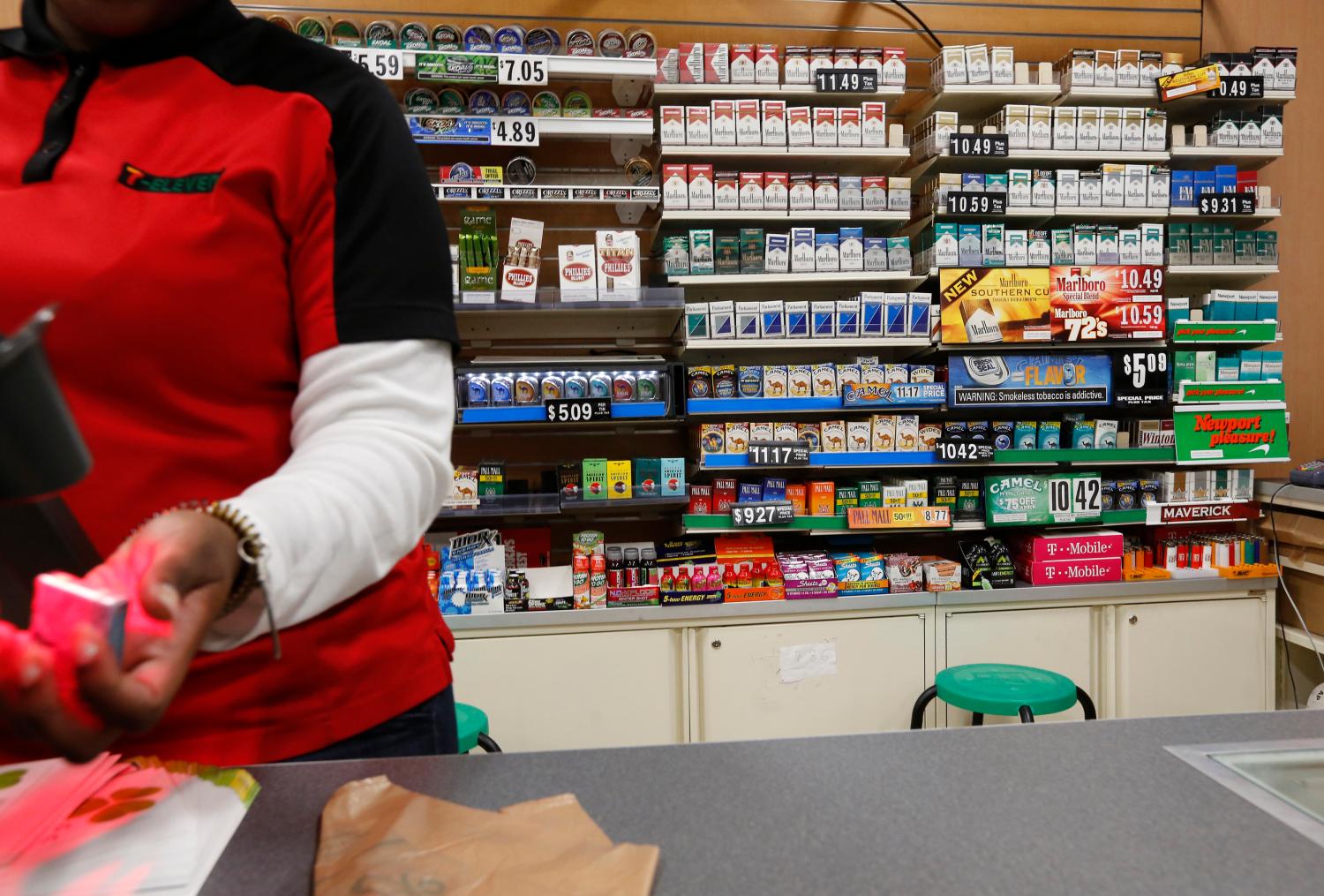Approximately 40 percent of U.S. adolescents aged 13-16 years live within walking distance of a tobacco retailer, and nearly half visit these stores at least weekly. Though living in neighborhoods with higher tobacco retailer density leads to greater tobacco use, little is known about how policy actually affects retailer density.
In a paper published in the May 2017 edition of the American Journal of Public Health (AJPH), researchers from the Brookings Institution, Washington University, Stanford University, and the University of North Carolina use computational simulations to explore the relationship between tobacco retailer policy and subsequent tobacco purchase behavior in communities. Their findings highlight the importance of tailoring policy to suit community features and layering multiple policies.
Read the infographic below to learn more or access the full paper, “Tobacco Town: Computational modeling of policy options to reduce tobacco retailer density,” on the AJPH website.
The Brookings Institution is committed to quality, independence, and impact.
We are supported by a diverse array of funders. In line with our values and policies, each Brookings publication represents the sole views of its author(s).











